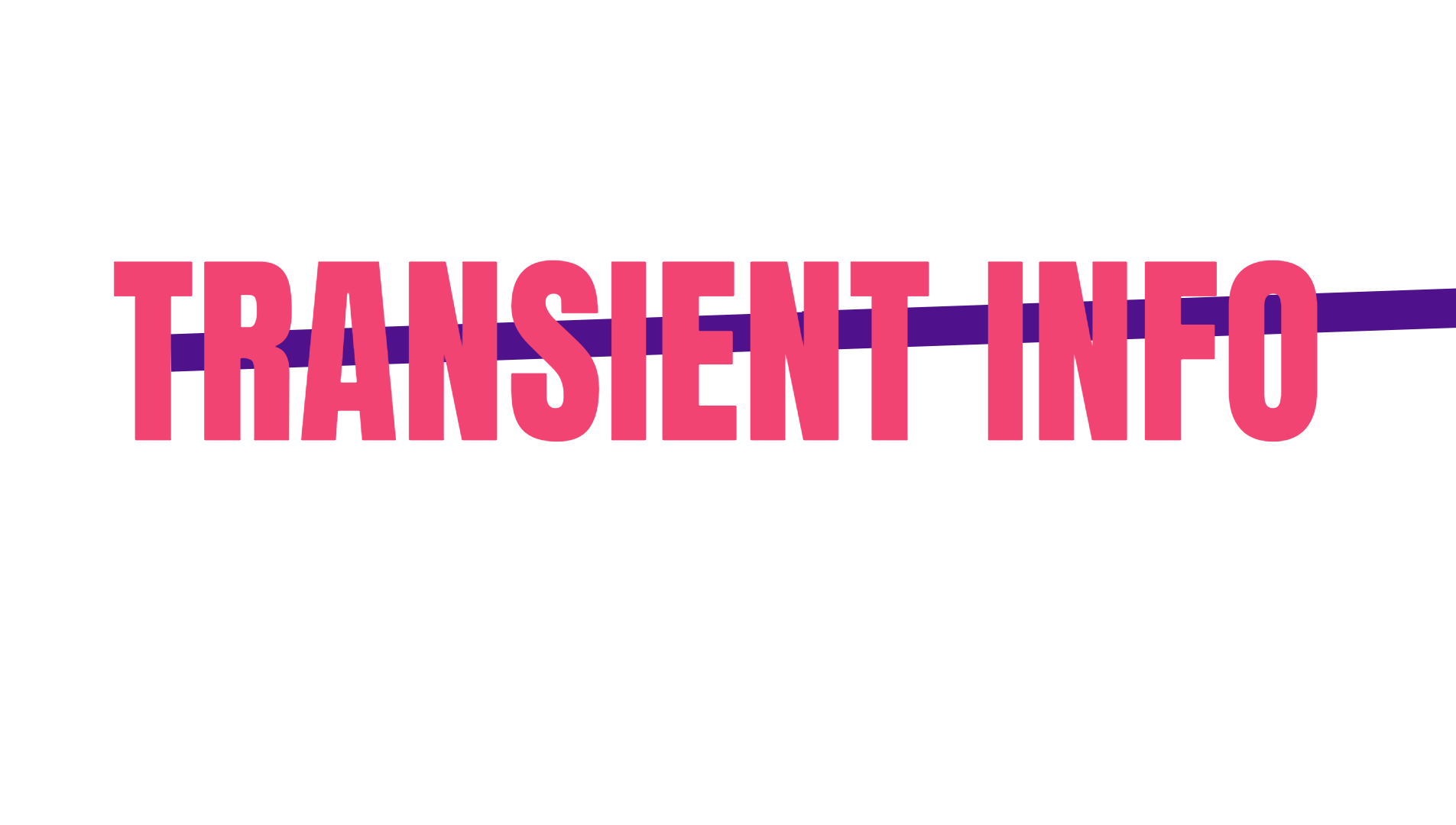Amachina
Amachina takes the autonomy of the interface from the computer as an added value for the interactive artwork, a position that is based on the possibility of an interactive machine without digital control being able to constitute itself as an interface between human and computer. It is about making the interface the work itself, thus bringing the contemplative attitude of the whole and the discovery of the interface to the same level; the degree of 'noise' that the interface may bring to the contemplation of the interactive artwork will then be attenuated.
Assuming Amachina as an analog-functioning human-computer interface, its most pragmatic function will be the transformation of a human input into an output capable of being interpreted by a computer. A binary option for interface activation will correspond to a binary output with a predefined result, in a process where the decisions requested of the interactant aim to complete an electrical circuit with a path and mechanical-sound results that are random.
In formal terms, Amachina is divided into two parts of eight modules each. These are identical and constituted exclusively by mechanical and electrical systems, which form an interactive kinetic structure approximately 3 meters wide, 0.9 meters deep, and 2.6 meters high. Each block of eight allows for the completion of a sequential electrical circuit, whose predefined result is subject to a random path. This is obtained mechanically and through the activation decisions left to the interactant.
SHORT BIOS
José Carlos Neves main focus research is Interaction Design, a subject he follows on his artistic work and post- graduation studies: he accomplishes a PHD in Communication Studies and a Master in Multimedia Communication Systems with dissertations on Interactive Art and Physical Interface.
Currently he is the director of the Lusófona University Prototyping Lab (Labtec) and teaches subjects in the areas of Interaction Design, Digital Arts and Communication Design. As a researcher he is part of the Centre for Research in Applied Communication, Culture, and New Technologies (CICANT).
José Gomes Pinto holds a Ph.D. in Philosophy: Aesthetics and Art Theory (Salamanca University, Faculty of Philosophy and Best Dissertation Award in 2002). He teaches in the School of Communication, Architecture, Arts, and Information Technologies (ECATI) at Lusofona University, Portugal. In 2016 had accomplished his Habilitation in Communication Sciences at Minho University with a report on Media Theory (Approved by unanimity).
////ficha artística e técnica | cast
Author and Production > José Carlos Neves
Concept Discussion > José Gomes Pinto.
Advice > António Martins (electronics), João Trindade (audio).
Beta Tester > Rebecca.
Support > Universidade Lusófona, Leroy Merlin.
